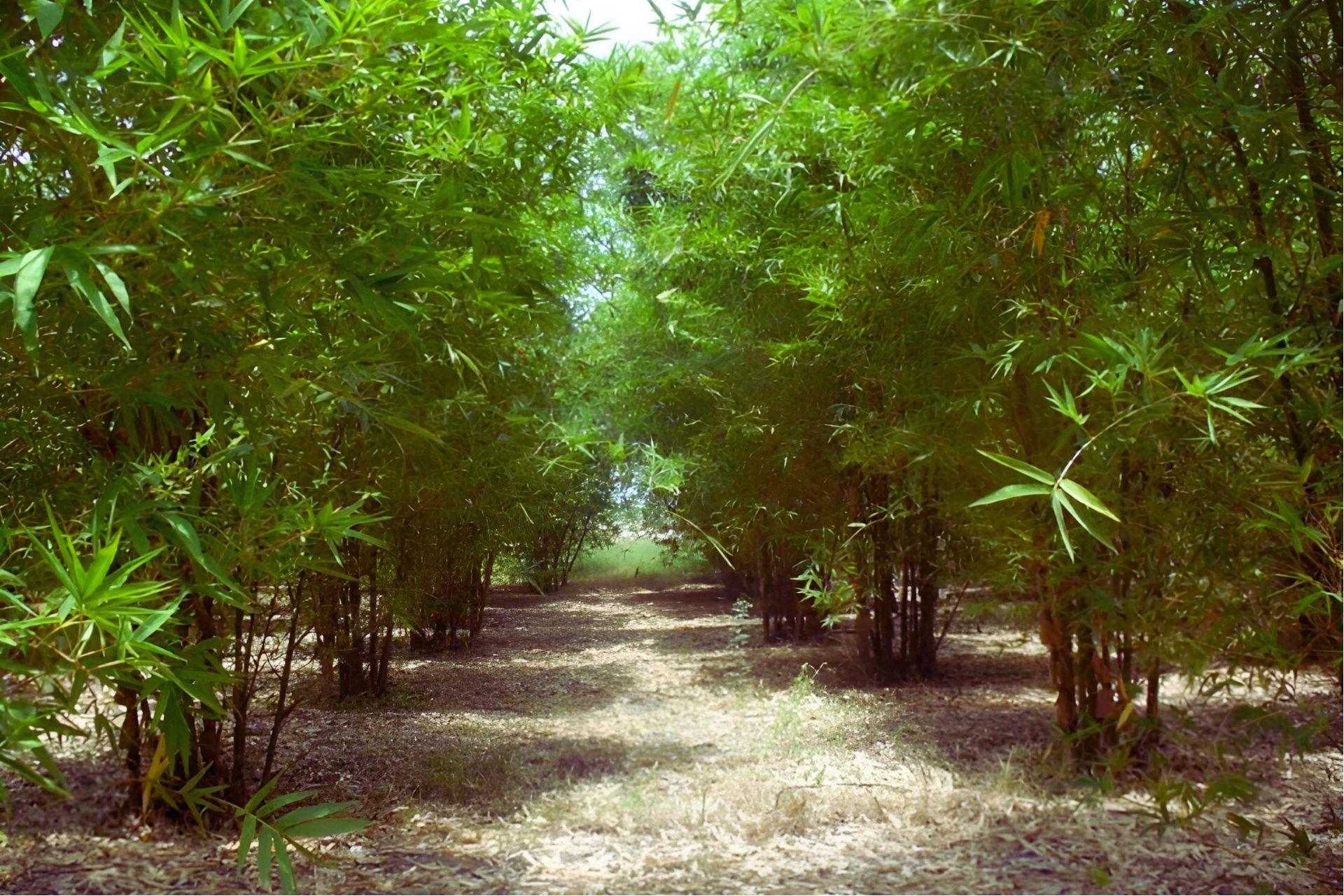Beema Bamboo - The Pathbreaker For Rajasthan
Bamboo is used in India for making Lathi, Ladder, Flute, Incense Sticks, War equipment, and for various ‘religious and social’ purposes for many a centuries. Today, Bamboo is being hailed as ‘Green Gold’ and its farming is considered more beneficial than sugarcane and rice.
But unfortunately, larger section of farmers in India and particularly in Rajasthan are unaware of benefits of Bamboo farming. If we talk about the Environment, Bamboo is the fastest growing plant in the world, provides 35% more oxygen, absorbs the highest carbon than any other plant in the world. Exotic vegetables and fruits are grown only in green or net houses as open fields are not suitable for quality production. More than 26% of total area is waste or barren land and to convert these challenging lands into green cover or to prevent the ever-increasing ratio of wasteland is a herculean task.

When ‘National Bamboo Mission’ was relaunched in November 2017, it was implemented on the trial basis in 12 districts (Karauli, Sawai-Madhopur, Udaipur, Chittorgarh, Banswara, Dungarpur, Sirohi, Baran, Jhalawar, Bhilwara, Rajsamand and Pratapgarh) of Rajasthan. The Mission in Rajasthan could never really take off due to lack of ‘commercially viable varieties’, ‘quality plant samplings’, ‘proper awareness and promotion among farmers’ and without any market assistance. The ‘Utilization Certificates’ from the state agricultural department are not dispatched to the Central Government for last 3 years and Bamboo farming remains an alien for farmers of Rajasthan.
Beema Bamboo, which is hailed as the best energy crop and oxygen plant in India is nothing short of a blessing for farmers in Rajasthan. The tissue cultured Beema Bamboo plant grows nearly solid, has 3 times more biomass than any other existing bamboo variety, regrows for over 100 years and has unlimited demand and market in energy sector.
Majority of Bamboo varieties are native to north-east climate, thrive under sub-tropical conditions and find it difficult to grow outside those conditions. The growth becomes even more challenging in dry weather of Rajasthan. The hollowness of traditional Bamboo varieties make it extremely difficult for farmers to even find a market for them.
Beema Bamboo can not only grow in dry conditions, but also grows and revives mining, sodic and wastelands. Its poles are nearly solid and due to its high biomass value, it guarantees timely harvesting and assured returns. Thus, it is hailed as the best energy crop in India and can feed the mighty industrial plants of various energy generation sectors.
From the environmental point of view, it is the fastest growing plant on the earth, releases 320 kg of oxygen and absorbs 450 kg of carbon and PM 2.5 and PM 10 from the atmosphere every year. It can potentially increase the green cover in the state and shoulder the burden of controlling air pollution.
Comparison between Beema Bamboo v/s Traditional Bamboo
| Sr. No. | Particulars | Beema Bamboo | Traditional Bamboo |
| 1. | Propagation Method | Tissue Culture | Seed Germination / Rhizome / Tissue Culture |
| 2. | Plant Life | Over 100 Years | 20-30 Years |
| 3. | Climate Requirement | Withstand Vast Climate Conditions | Prefers Tropical Conditions |
| 4. | Pole Type | Nearly Solid | Mostly Hollow |
| 5. | Biomass Value | 3 Time more than any other Bamboo Variety | Low Biomass Value |
| 6. | Harvesting Cycle | 3rd Year Onwards | 5th Year or More |
| 7. | Ash Content | 1% or Less | 10% or More |
| 8. | Market Scope | Industrial Feedstock | Timber Shop |
| 9. | Digestible Oil% | 70% | Around 45% |
| 10. | Renewable Energy | Best Energy Crop | Not Suitable |

